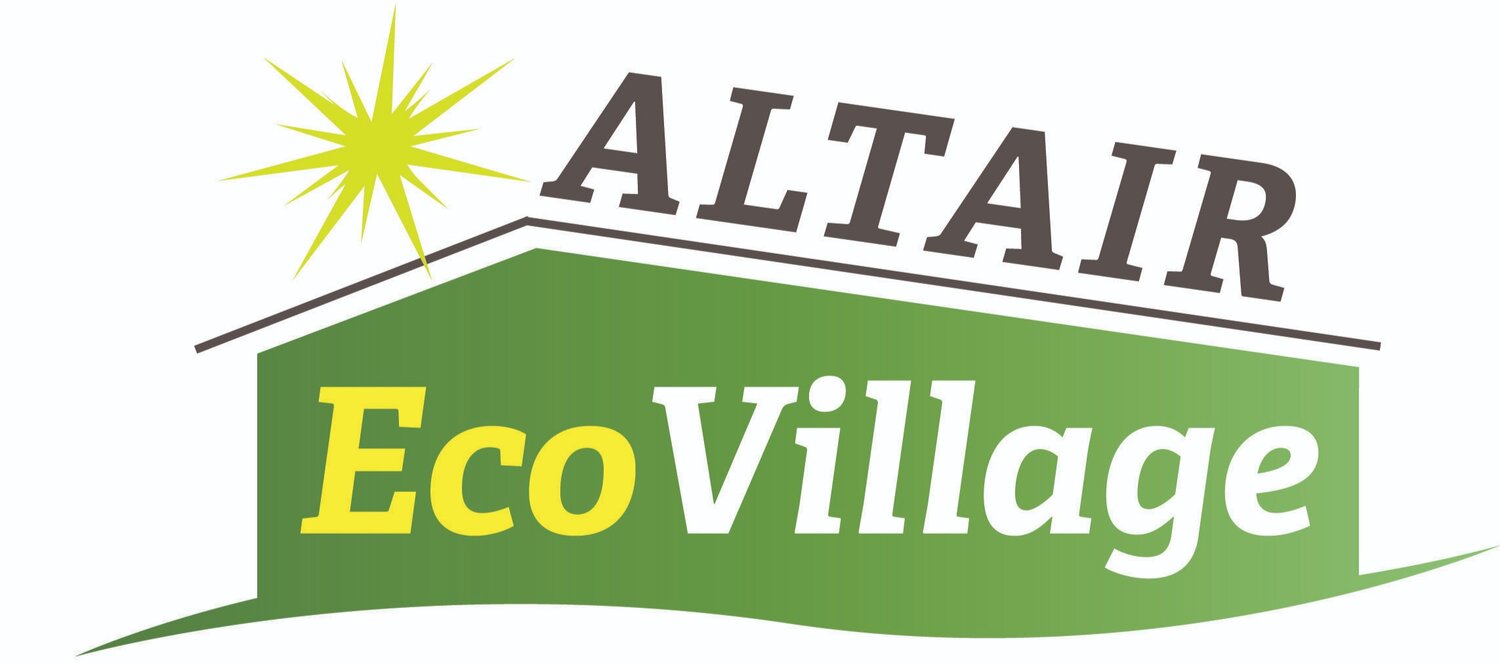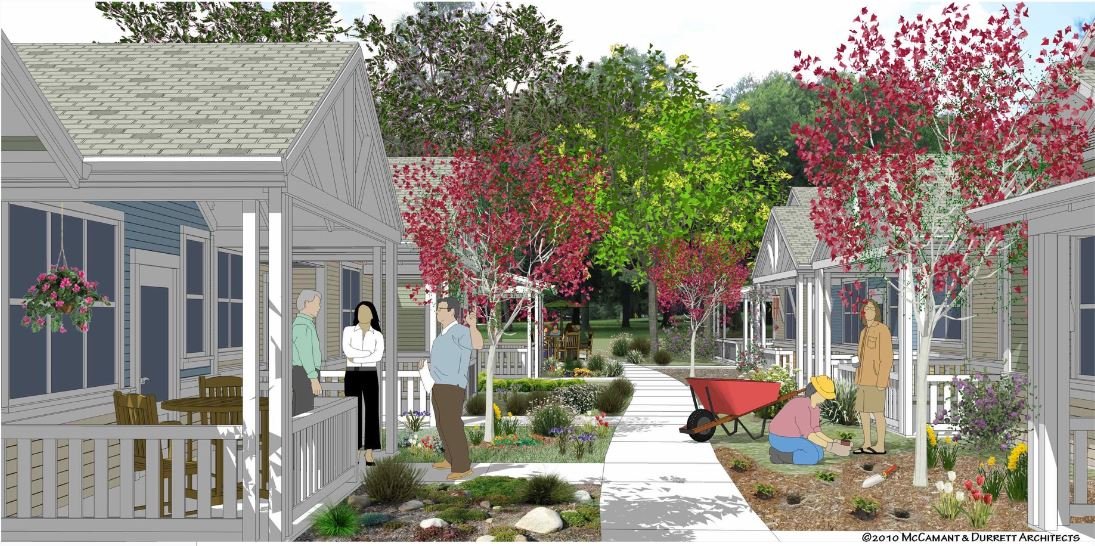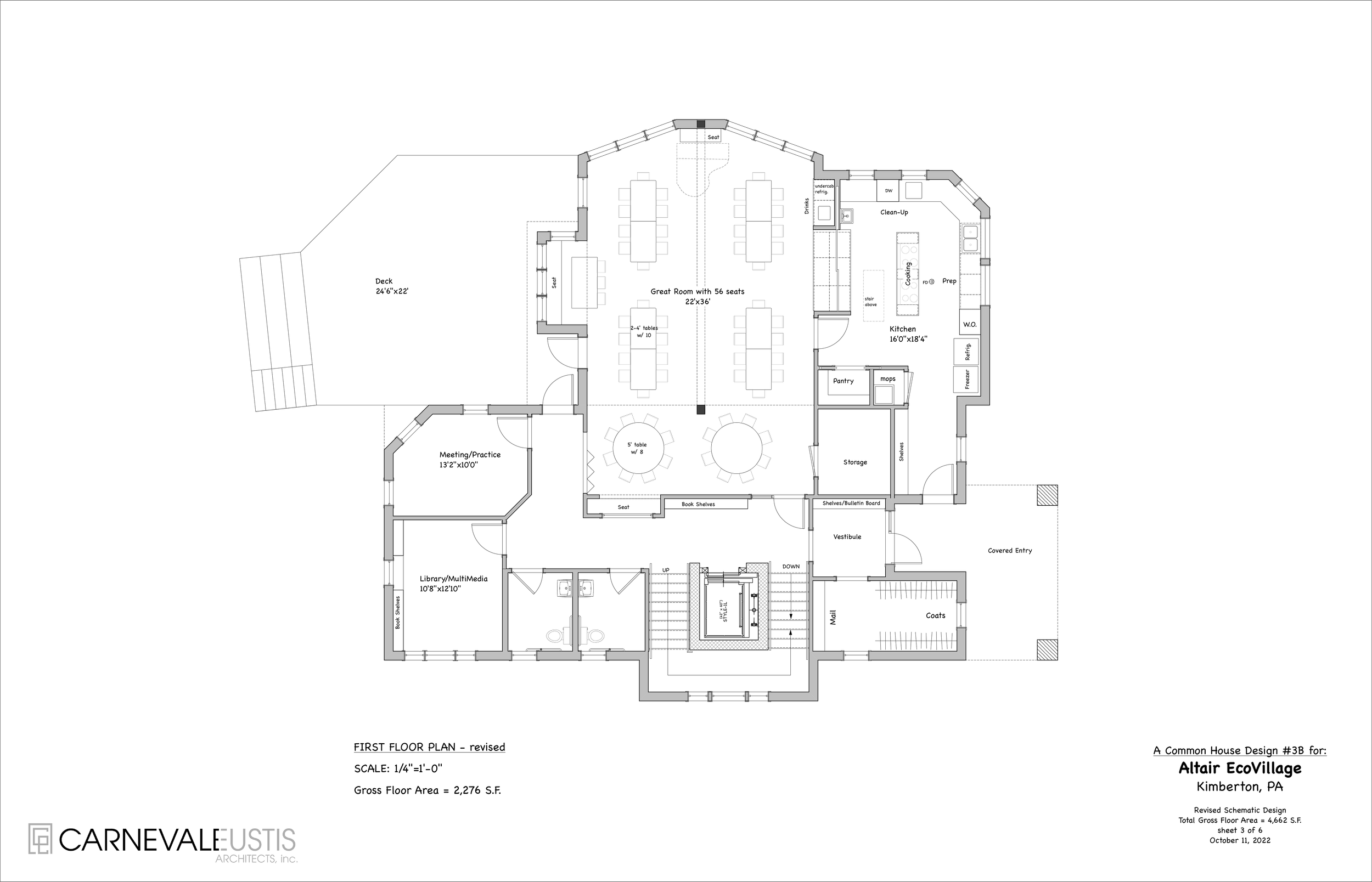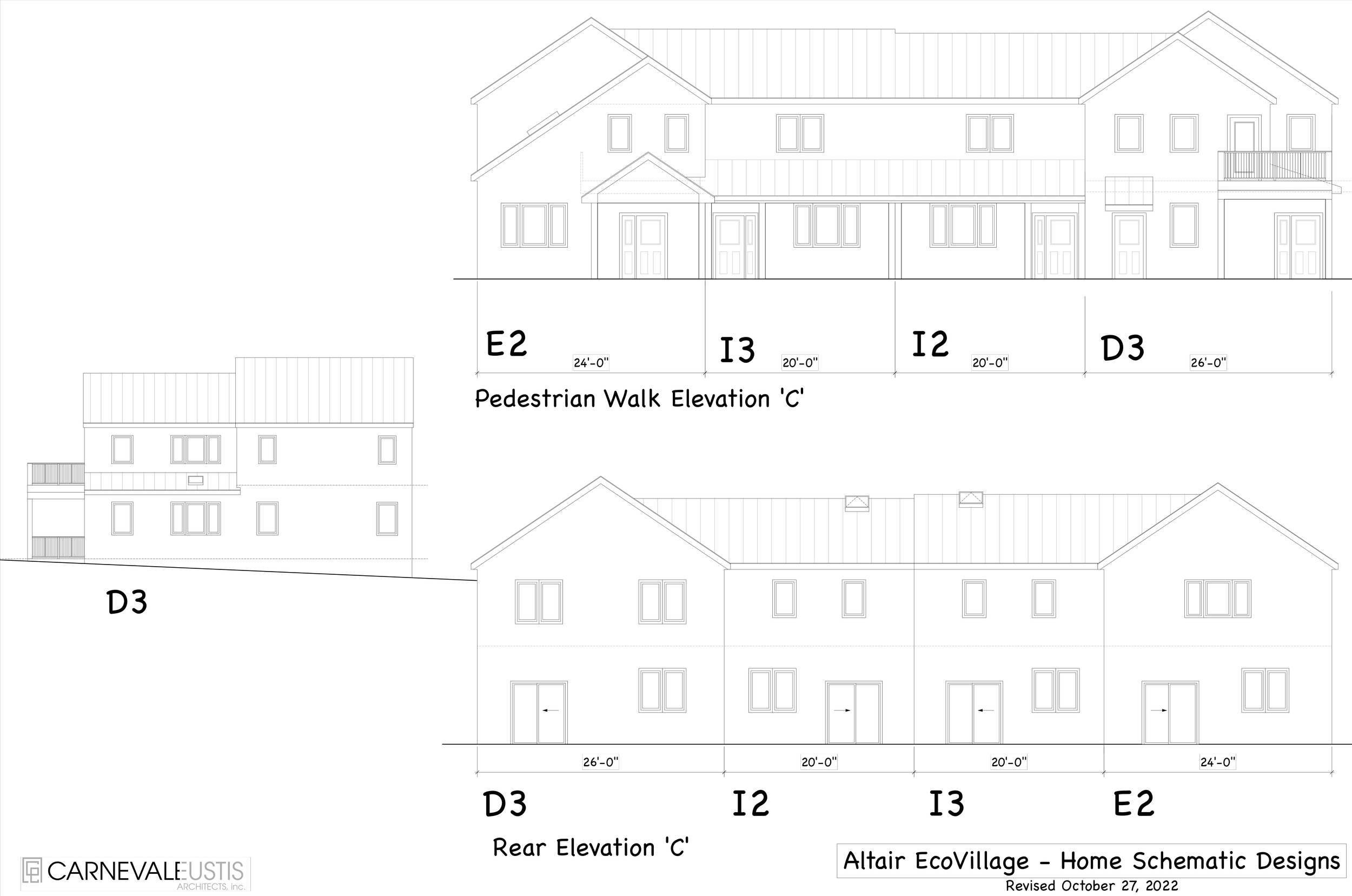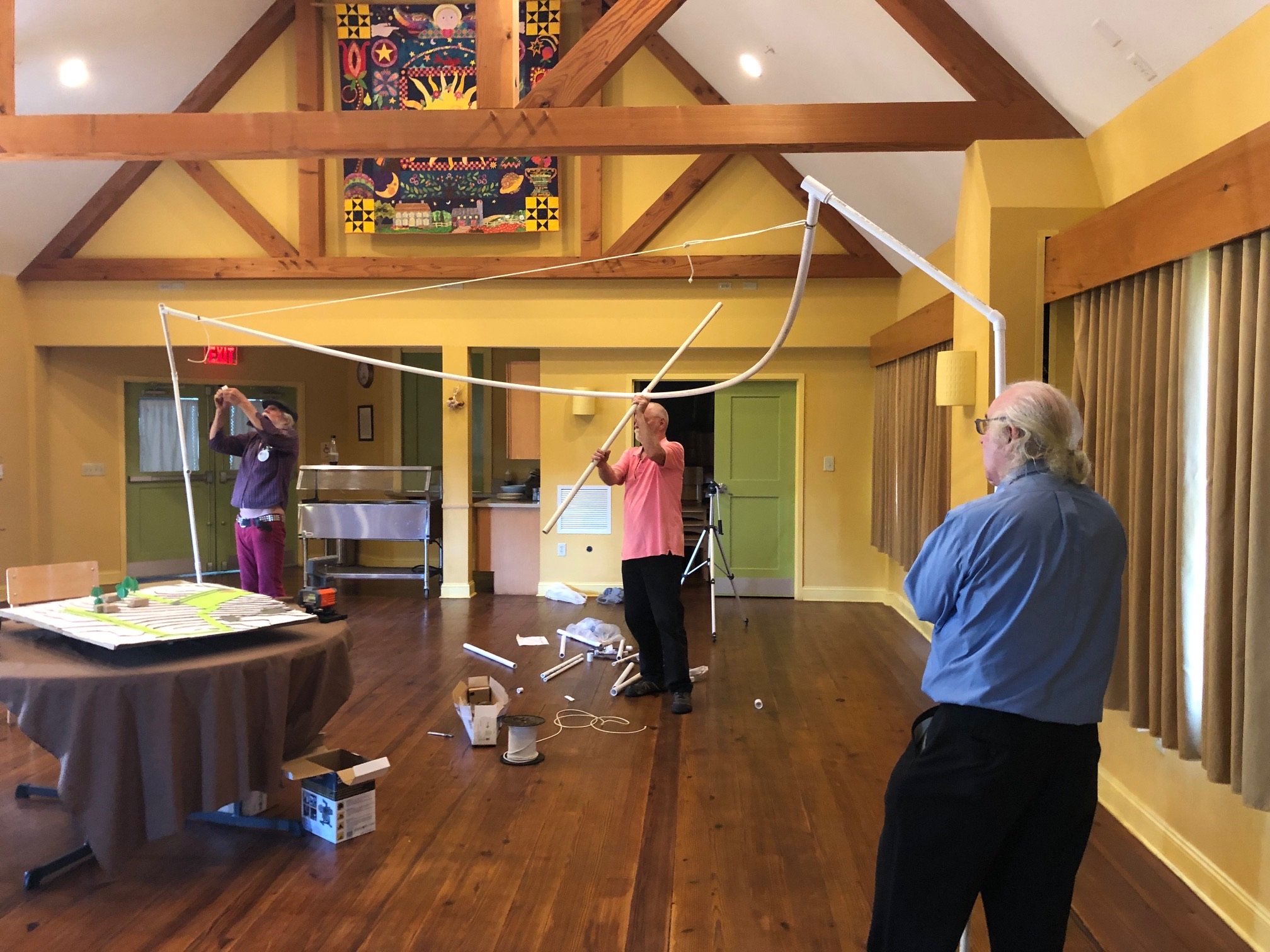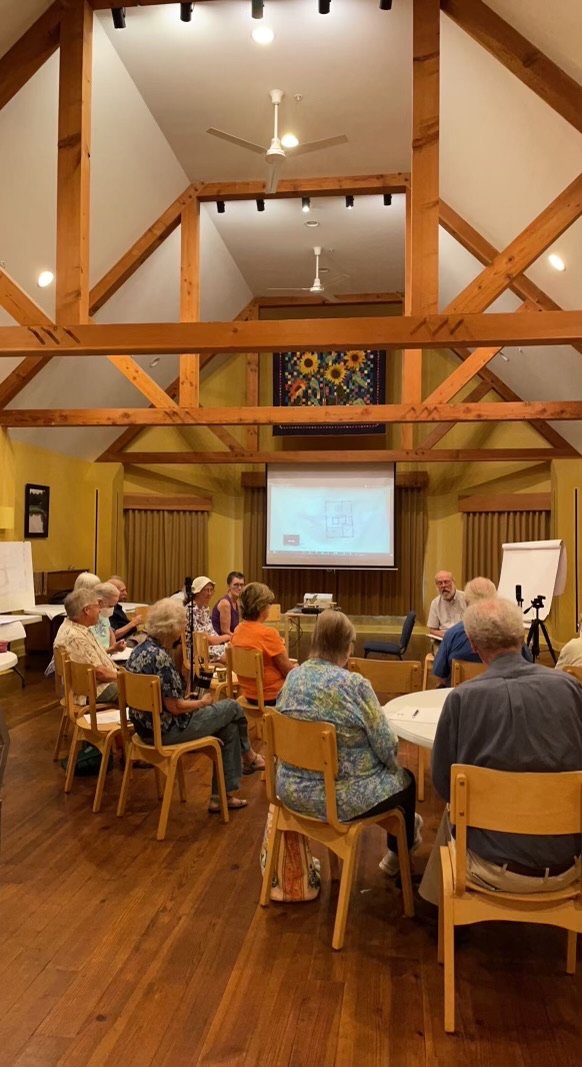Showcasing Altair EcoVillage Through Video
/As my Penn State Abington internship with Altair EcoVillage comes to an end, I want to take a moment to reflect on my experience and on the final project I created: an infomercial that highlights the mission, values, and future of this cohousing community. This project was not only a culmination of everything I’ve learned, but also a way for me to contribute something meaningful to Altair’s outreach efforts.
Sustainable features … Timeless Connections
My primary goal in creating this infomercial was to effectively communicate what makes Altair EcoVillage unique. The video introduces viewers to the concept of cohousing, explaining how Altair is designed to foster trust, respect, support, and social connection among its residents. It also emphasizes the sustainable design principles behind the community, particularly the use of passive house construction, an energy-efficient building standard that significantly reduces environmental impact while enhancing comfort and affordability.
Through narration by visuals, the infomercial walks viewers through the layout of the community, from pedestrian-friendly pathways and clustered homes to the shared spaces that encourage social interaction. It also highlights the surrounding area of Kimberton PA, a charming, walkable historic village that blends rural beauty with modern conveniences.
One of the biggest challenges in producing this project was ensuring that all the key aspects of cohousing principles – sustainable design, community governance, and location – were covered in a way that was engaging and easy to understand. I wanted to make sure the video would resonate with both potential residents and those simply interested in learning more about ecovillage living.
While the infomercial was my final project, all of my time participating with Altair has been full of valuable lessons. I have gained a deep understanding of the cohousing model and how it creates a balance between private homeownership and shared community living. Additionally, this experience has strengthened my skills in media production, challenging me to translate complex ideas into an accessible and appealing format that required research, planning, and creativity. It was rewarding to see all these elements come together in a way that can help spread awareness about Altair and its mission.
I am grateful for the opportunity to have worked with Altair EcoVillage and to have played a role in sharing their vision with a wider audience. The knowledge and experience I’ve gained will stay with me as I move forward.
I encourage anyone interested in sustainable living or cohousing to explore what Altair has to offer.
To learn more and to watch the infomercial I created, visit AltairEcoVillage.org and click on “Take a virtual tour” on the homepage. Thank you to everyone at Altair for this incredible experience!
Anthony Moleski
